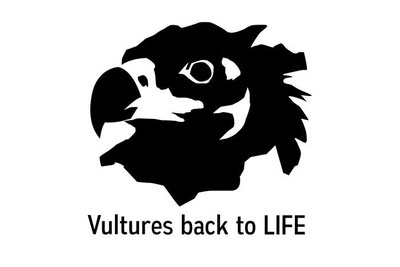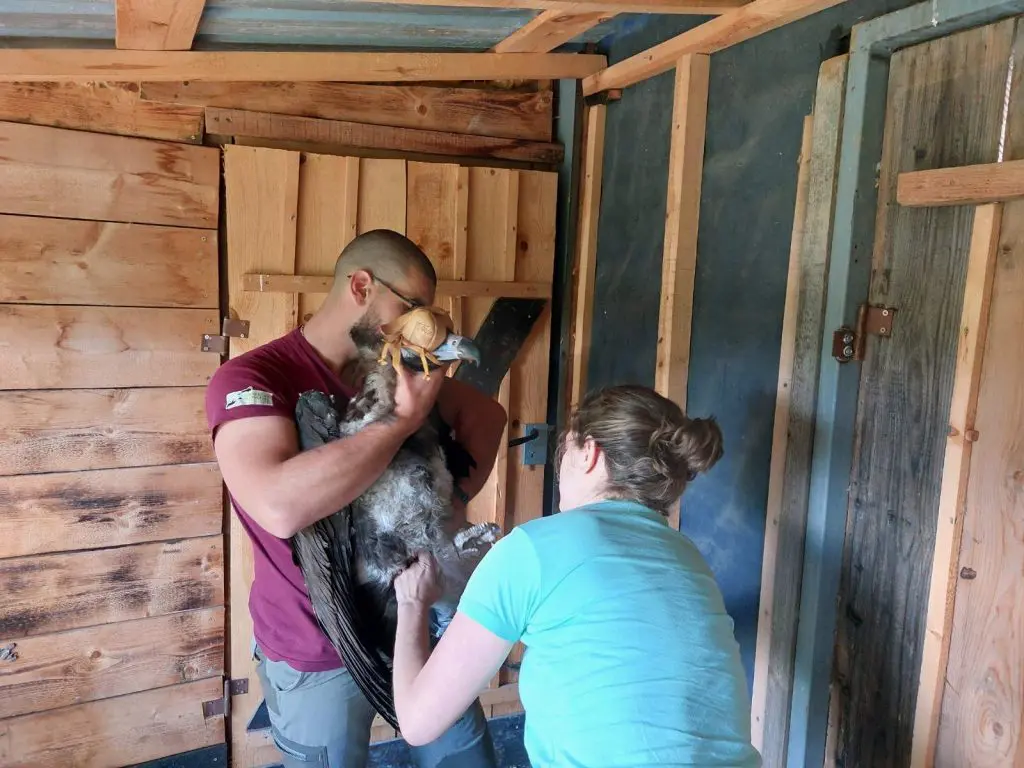
The Cinereous Vulture disappeared from the skies of Bulgaria over the 20th Century and in most other Balkan states by the 1980s. Now, together with the Bulgarian wildlife conservation organisations, Green Balkans and Fund for Wild Flora and Fauna, we are working on Vultures Back to LIFE, an ambitious conservation project to bring the species back to Bulgaria for the first time in decades!
As part of the project that began last July, we reintroduced captive-bred young birds into the wild and have been closely tracking their movements with GPS technology. We are happy to say that the vultures are adapting well in nature and continue their adventures in the Balkans! We last caught up with them in May, and since then, some have even made some unexpected travels. Let’s see what have they been up to in the last couple of months!
Riga
Riga is full of surprises! After returning to Akarnanik/Messolonghi, the vulture headed north again and reached the Kvarner archipelago in Croatia, where the local Griffon Vulture population is. This was an unexpected turn of events as there has not been a sighting of a Cinereous Vulture in Croatia for the past 70 years! After trying to track Riga down for a couple of days, Tomislav Bandera Anic managed to photograph the vulture.
After the exciting visit in Croatia, Riga went for a day to Friuli in Italy and then moved further west-northwest, reaching into the Alps on the border between Italy and Switzerland crossing between the countries.
Boyan
Boyan was the first to leave the Balkan Peninsula, travelling to Turkey! The vulture is continuing to explore the area of Eskishehir in Turkey, moving to Bolu and back. The bird is most likely exploring the local colonies of the Cinereous Vultures there.
Spanish birds exploring their new Balkan home
As well as releasing captive-bred birds, the Vultures Back to LIFE project is also releasing adult birds that we transferred from rescue and rehabilitation centres in Spain. Last year 12 vultures came from Spain and this year ten more! The first release of four birds was back in March and since their release two of them, Zlosten and Balkan, are exploring the area of Kotel. Balkan makes short returns in his release site of Sinitie Kamani. These two males are now frequently seen and tracked in the company of females from the second release group – Kamchiya and Extremadura. We are suspecting this could lead to future pairs, between Zlosten and Kamchiya, and Balkan and Extremadura. Furthermore, the four – Extremadura, VCF know-how, Kamchiya and Marina – are now successfully exploring the release area of Kotel with short excursions of 15-20 km around the area before returning to the release site.
A new group of vultures was also released on 23 May 2019. Kutelka and Juana, the two vultures released in Bulgaria that were saved by our colleagues in Romania last month, and the newly released Sliven, Kotel and Iberia are now free. Juana remains close to Kotel, while Sliven demonstrated speedy orientation skills and both are now feeding together with the previously released vultures. Kutelka stays near the feeding site and joins the other vultures, while Iberia is slowly getting away from the release site and Kotel is perching on a tree without any movement yet.
We are glad that everything looks promising and we are hoping the vultures continue to have a bright future in the wild!
Vultures Back to LIFE

Led by the wildlife conservation charity Green Balkans, with activities also implemented by the Fund for Wild Flora and Fauna, and bringing together partners from Bulgaria, Spain and Germany, Vultures Back to LIFE aims to reintroduce the cinereous or Eurasian black vulture to Bulgaria. The team will transfer and release around 60 birds, some from captive-breeding, but mostly coming from wildlife rehabilitation centers in Extremadura (Spain) into the wild in Bulgaria as well as creating supplementary feeding stations and improving populations of wild herbivores, improving the nesting conditions and creating artificial nest sites and tackling some of the major threats to vultures in the country such as insulating electricity pylons and illegal use of poison in the nature.












